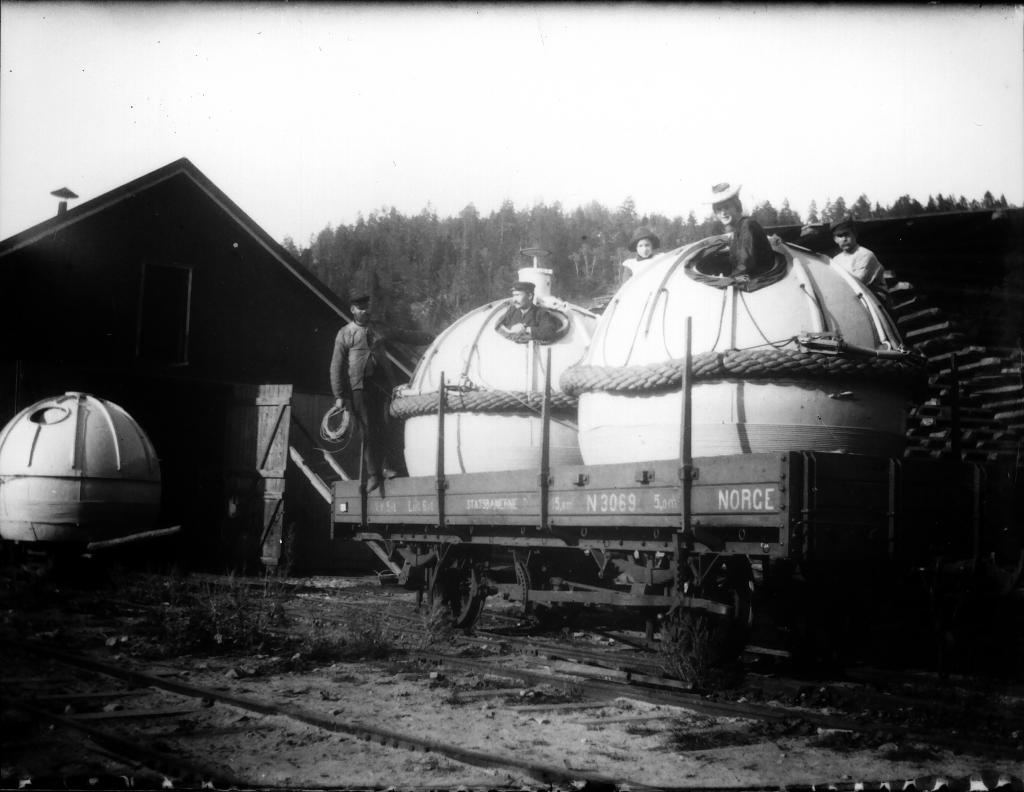Lecture on Freight wagons and lifebuoys in the Carpentry Workshop 18 June at 1-3.30pm
Welcome to the railway history seminar at Eidsfoss. This year, the Norwegian Railway Museum is coming to tell about the history of freight transport and the National Protection Plan for railway cars. Curator in the Vestfold Museums, Hilde Woxen Stormark, gives an introduction to a development project at the Eidsfoss ironworks at the beginning of the 20th century. The work’s transformation into a foundry and freight wagon manufacturer was a prerequisite for the investment in Captain Dønvig’s lifebuoy. Entrance is NOK 100.
Program
1-1:30 p.m. Freight transport by rail, Bjørg Eva Aasen, Norwegian Railway Museum
Freight transport by rail has received little attention in the form of publications, despite its importance for the transition from self-sufficiency and households to commercial agriculture and the restructuring of agriculture in the latter half of the 19th century. The transport of goods and foodstuffs became easier and faster, and specially adapted goods wagons ensured proper storage. Unit transport of all kinds of goods from factories and other production sites such as sawmills or mines meant that these could be decentralised, preferably with a side track, and still reach markets at the home market and abroad. Freight wagon production took place at three private wagon factories and at NSB’s own workshops.
At 13:30-14:00. National protection plan for rolling stock, Ellen Sletvold, Norwegian Railway Museum
The national protection plan for rolling stock in the railways is linked to the new grant scheme that the Norwegian Railway Museum has for Cultural heritage in the railways. Sletvold is the collection manager at the Norwegian Railway Museum in Hamar and has professional responsibility for the collections in the museum. She shows photos and explains the extensive work on the conservation plan, which has recently been completed.
14-15. Captain Dønvig’s lifebuoy and Eidsfoss works, Hilde Woxen Stormark, Vestfold Museums
Eidsfoss works became a foundry at the end of the 19th century. There was a major restructuring of competence and technology, which also made it possible to focus on innovative development projects. Well-known Eidsfoss products from the foundry era are mainly cast iron stoves, agricultural implements, household utensils and railway carriages. But not many people know that they were also venturing on revolutionary new sea rescue equipment. The Dønvig’s lifebuoy adventure only lasted a few years at the start of the 20th century. The lecture presents a selection of Captain Dønvig’s spectacular demonstrations of the buoy in local and foreign waters, and seek to answer why the buoys were produced at Eidsfoss works, and how the collaboration went.


